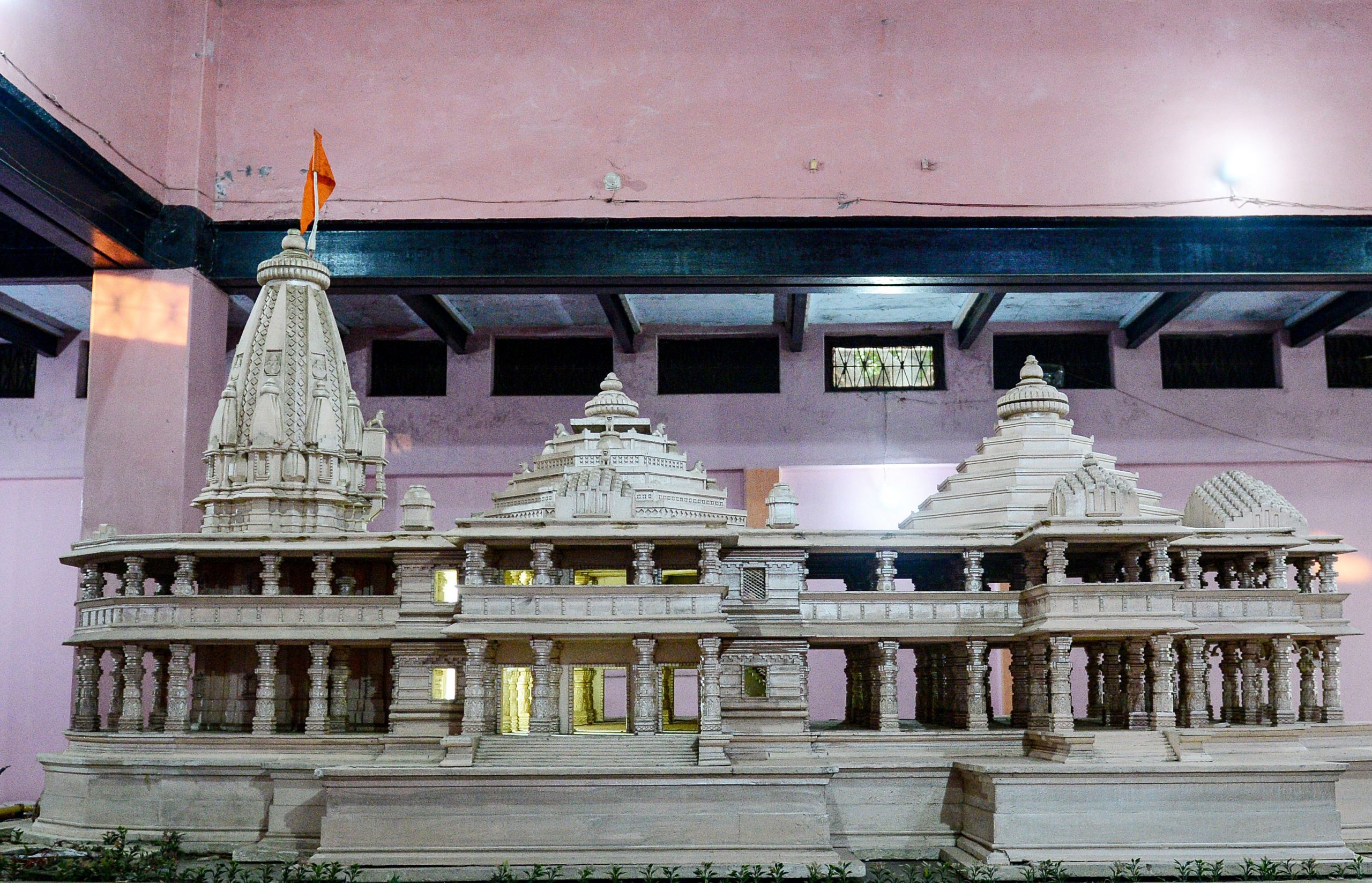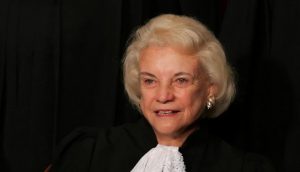The ground breaking ceremony of the Ram temple in the disputed land at Ayodhya is set to take place on August 5. The event will take place due to a landmark judgement by the Supreme Court (SC) on November 9 last year, which brought an end to a dispute festering since 1949 by giving the 2.77 acres of disputed land to the Hindus.
In simple words, the Hindus, represented primarily by the Ram Lalla Viirajman, argued that Hindu deity Ram was born in the sacred land and therefore it belonged to them while the Muslims, represented by the Sunni Waqf Board said that there was no evidence of Ram being born in the land or that a temple stood in the plot before the demolished Babri-Masjid was built there.
The SC gave its verdict based on a report from the Archaeological Survey of India (ASI). Although the ASI did not mention any demolition of a temple, it stated that material from a building “that was not Islamic” was used to build the mosque.
According to the SC, the railings on the premises were constructed in order to maintain peace. However, the fact that the mosque’s central allowed Hindus to lean over and offer prayers suggest that there was a presence of a temple inside.
The SC added that there is strong historical evidence that worshippers offered prayers at Ram Chabutra and Sita Rasoi even before the British arrived in India.
The Muslims have been unable to prove that the land belonged to them exclusively. According to the SC, although the damage caused to the Babri Masjid violates the rule of law, the ASI report providing evidence that the mosque stood on the remnants of a temple cannot be ignored.
The central government was ordered to form a trust which will manage and oversee the construction of the temple. The center was also asked to acquire a five acre plot which was later given to the Sunni Waqf Board in an alternate location for the construction of a mosque.







